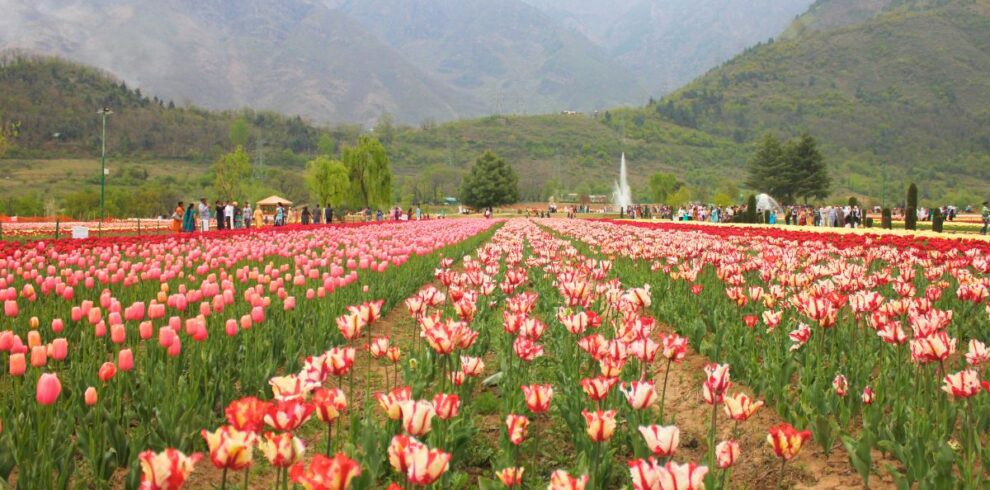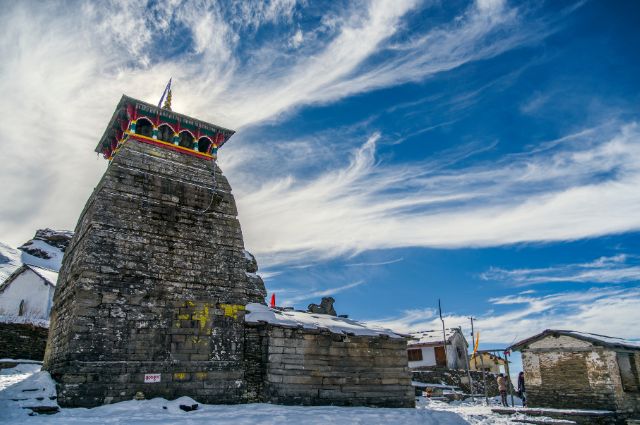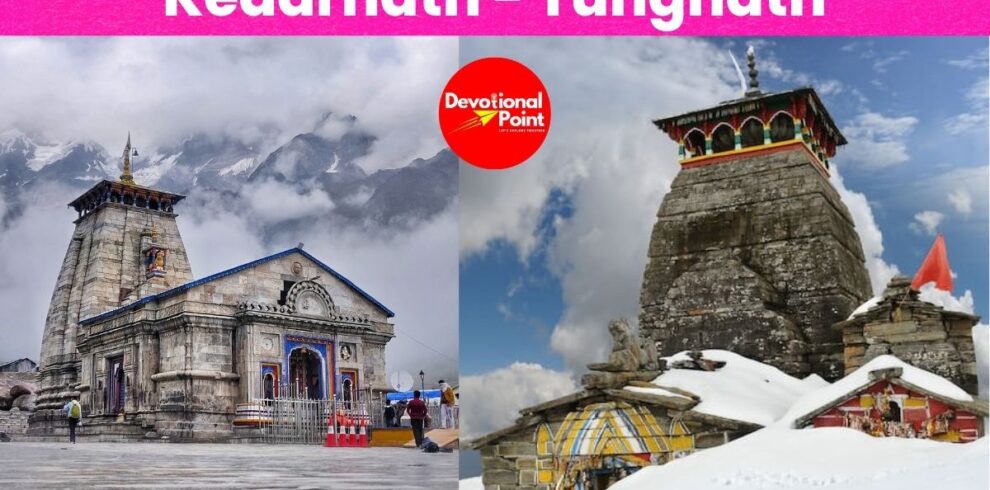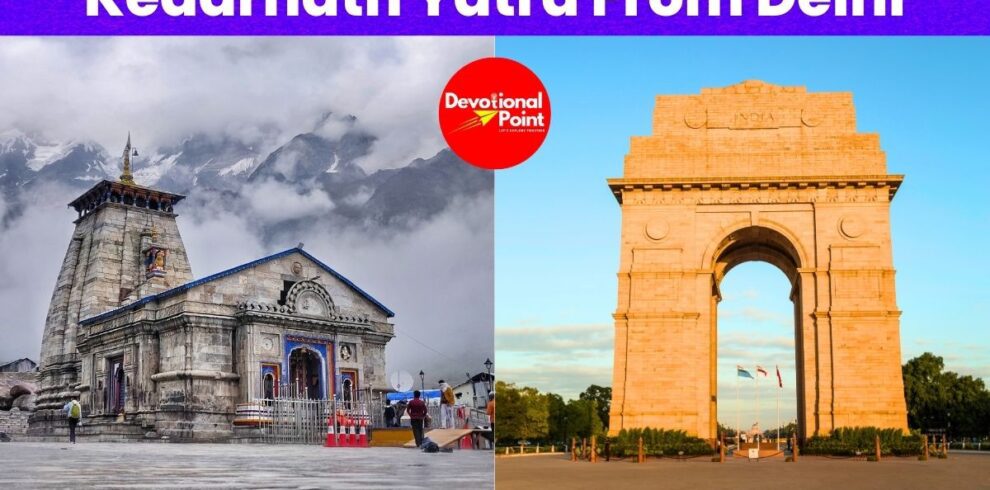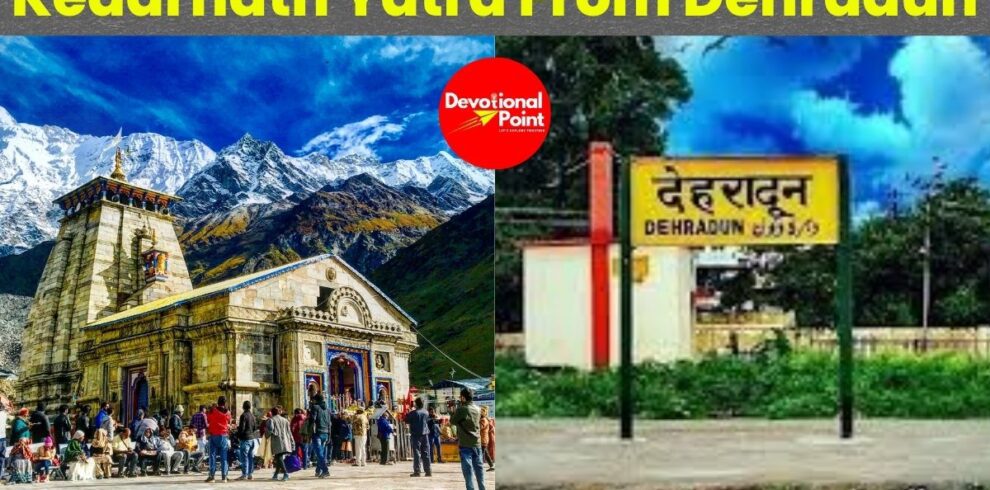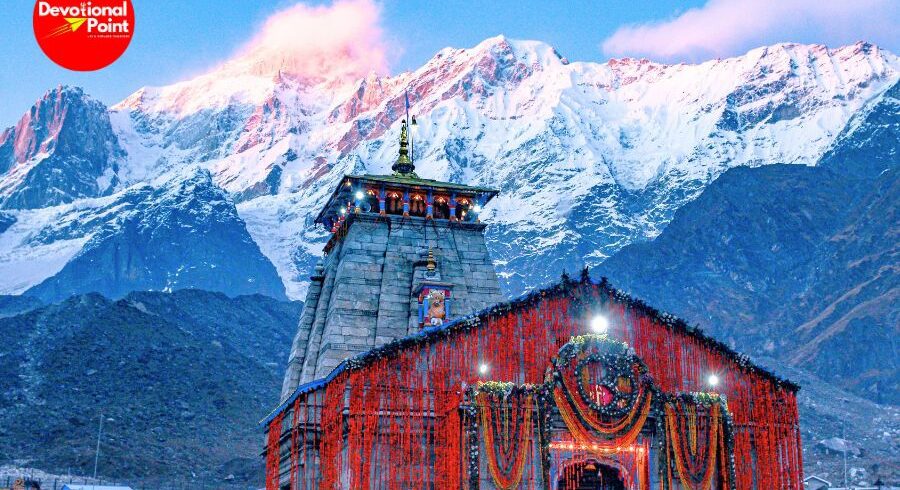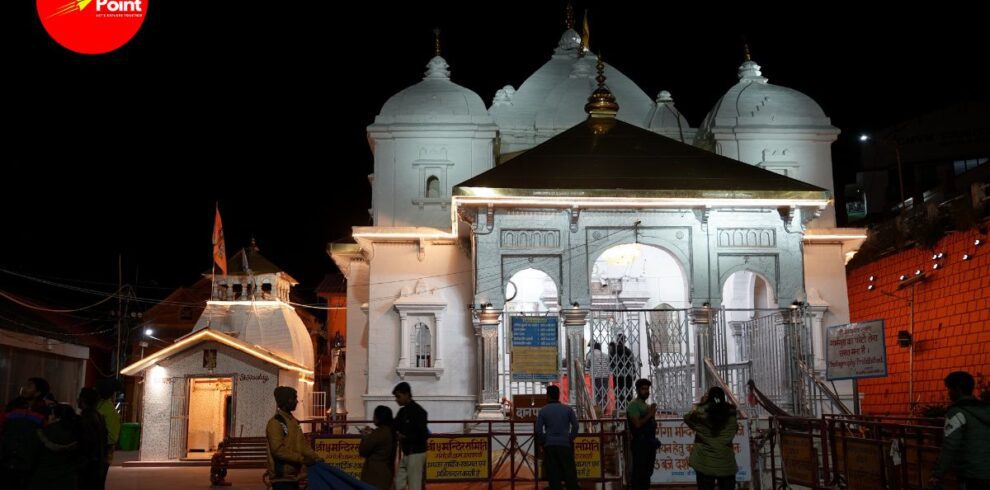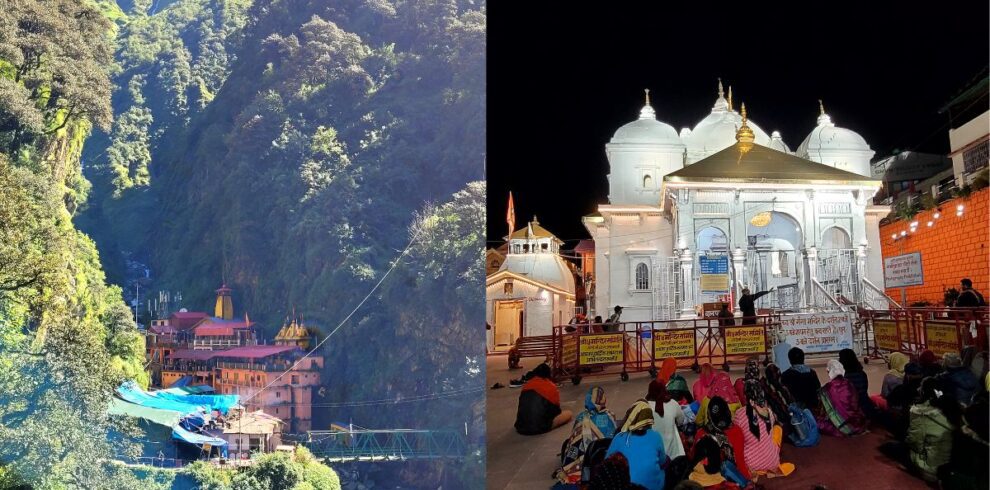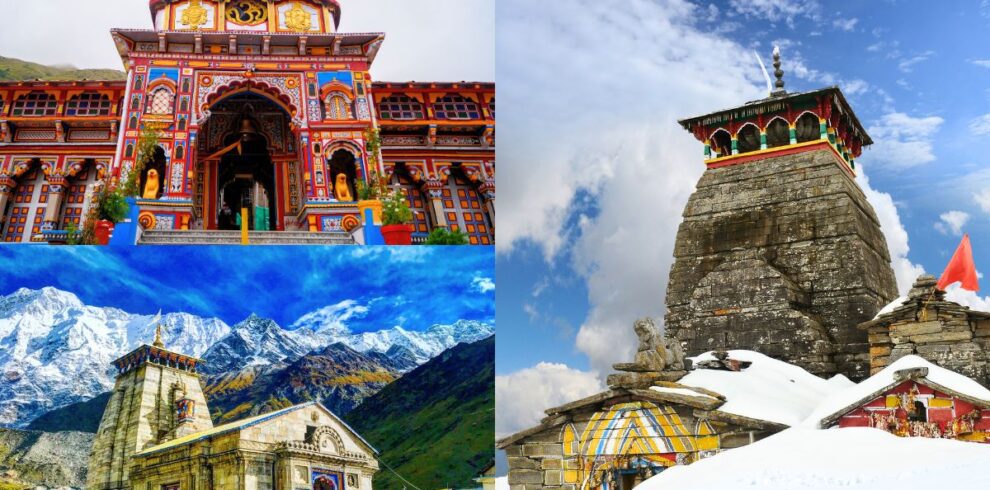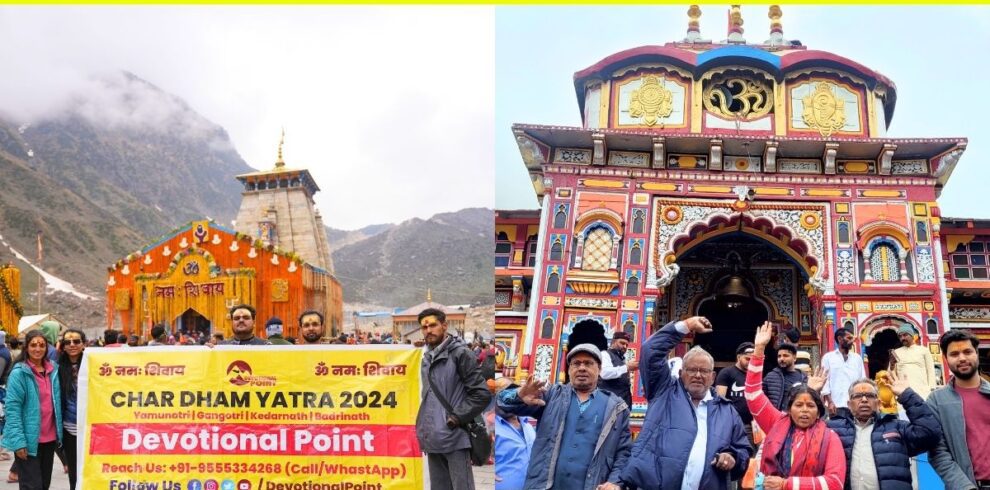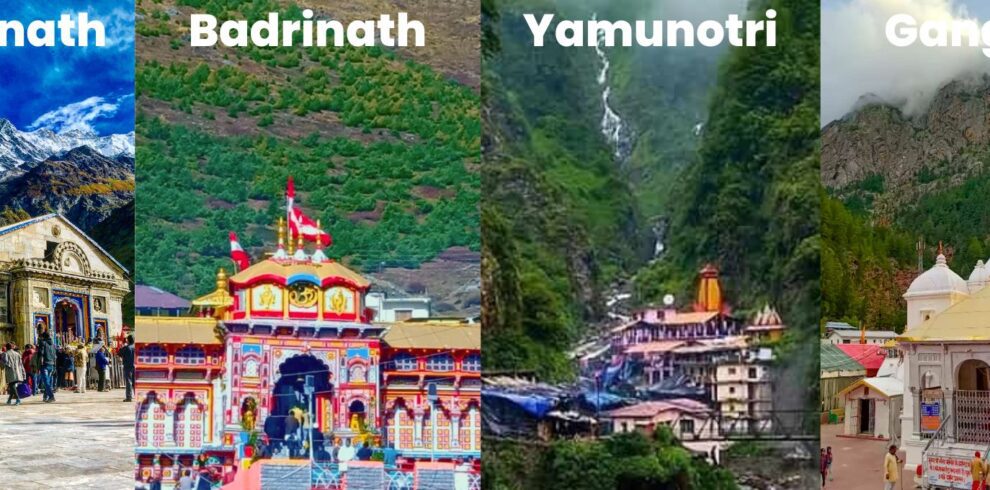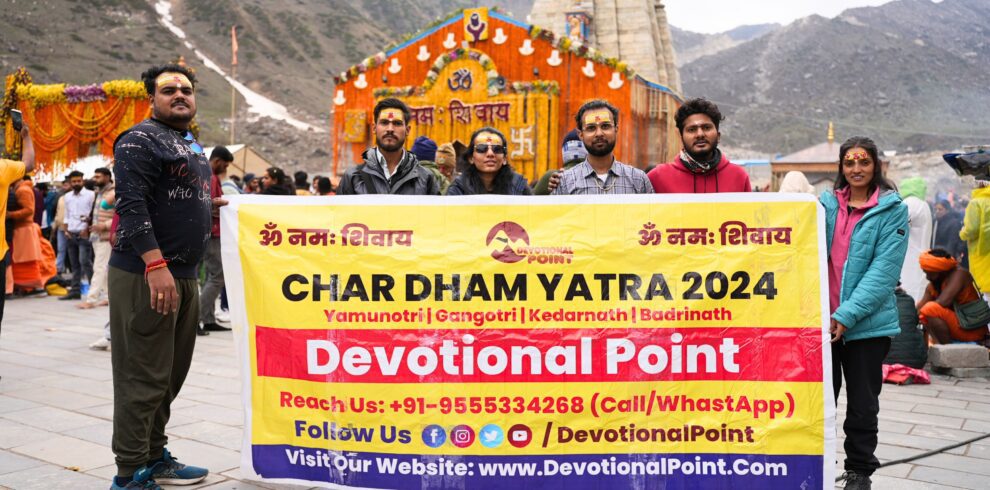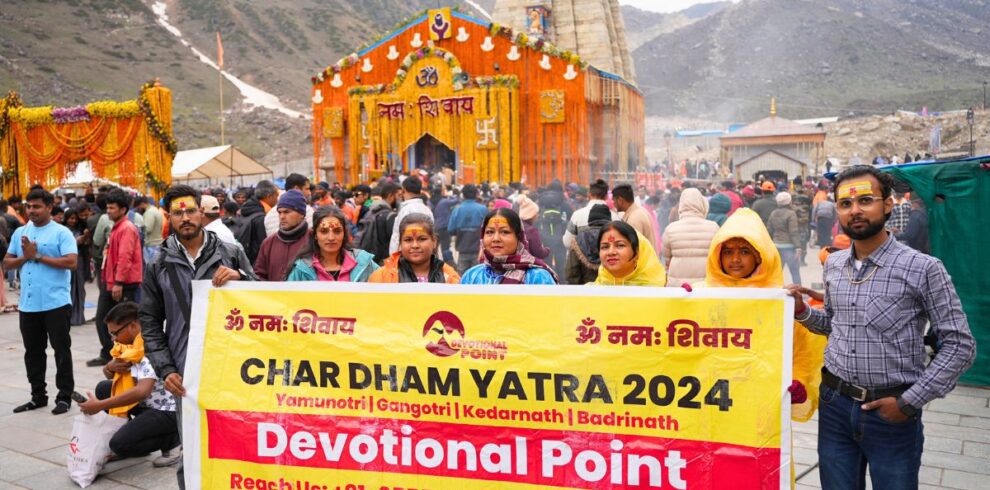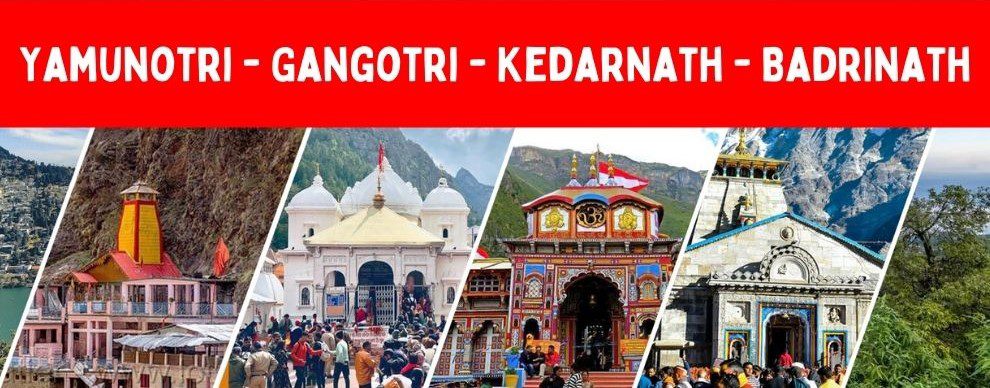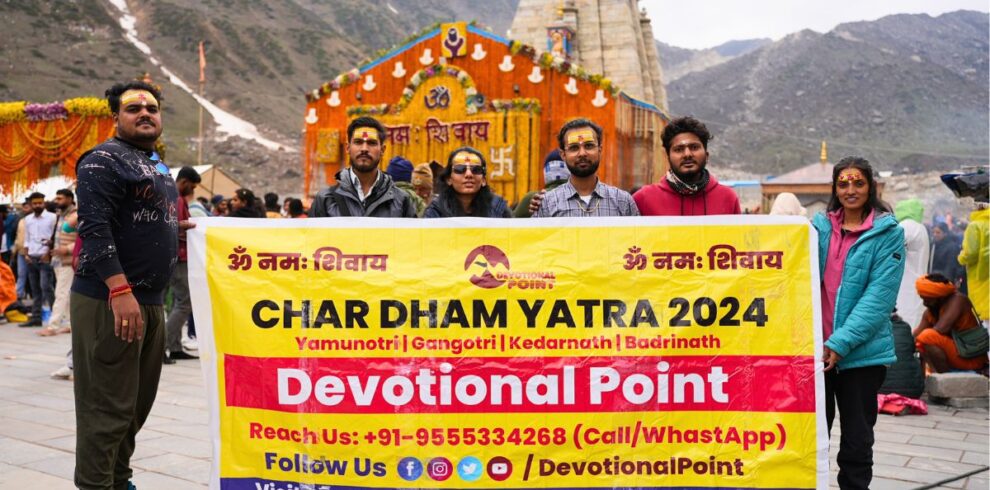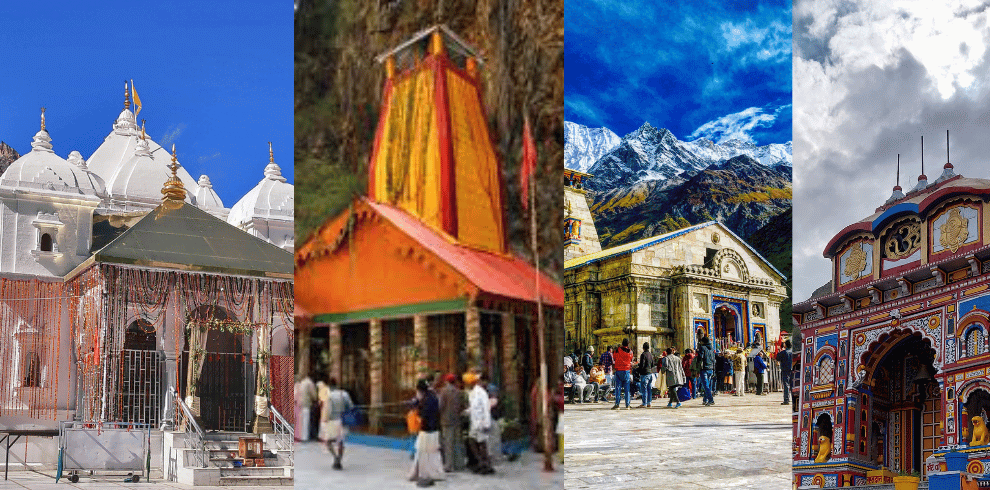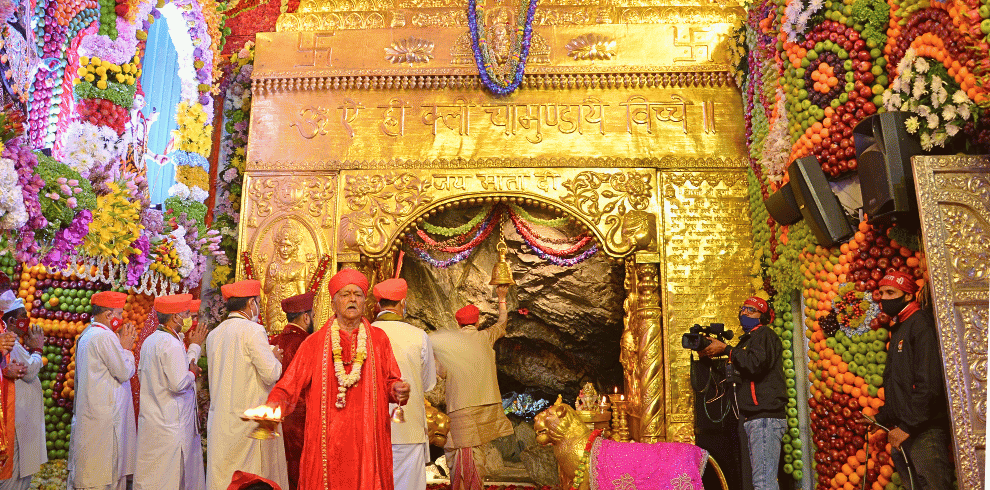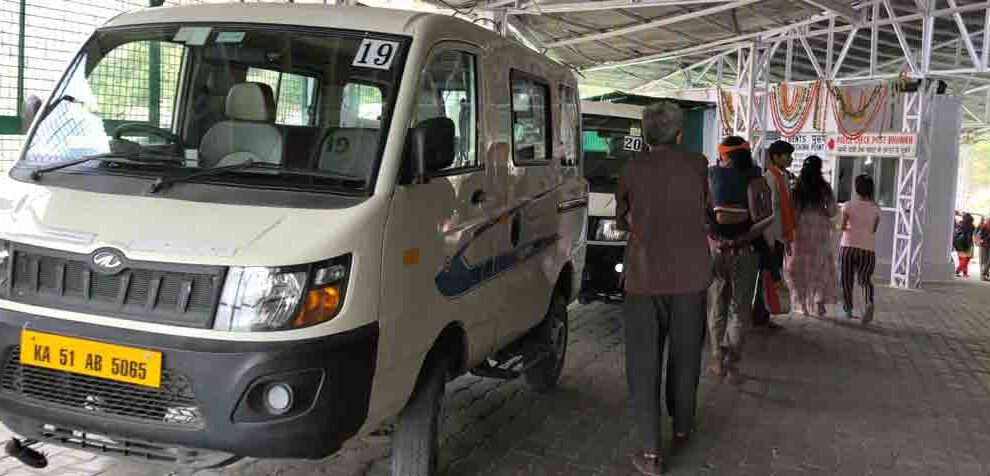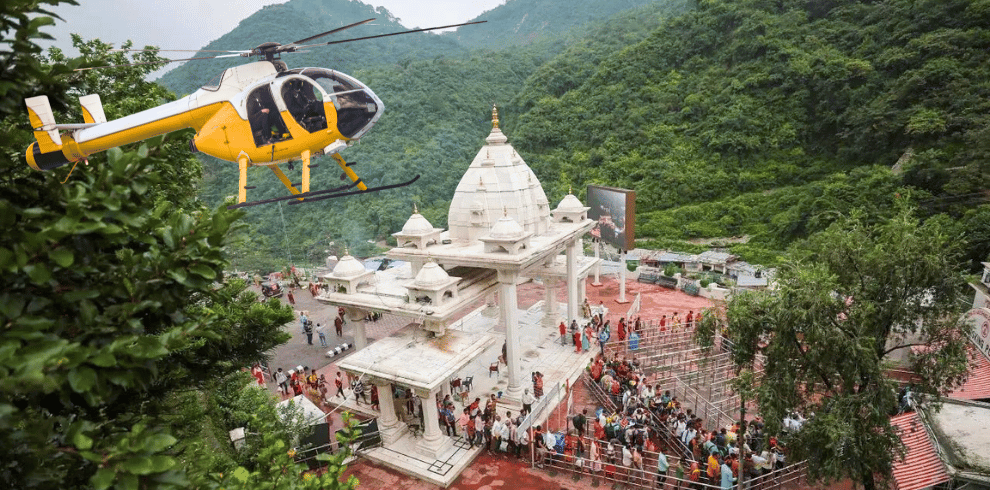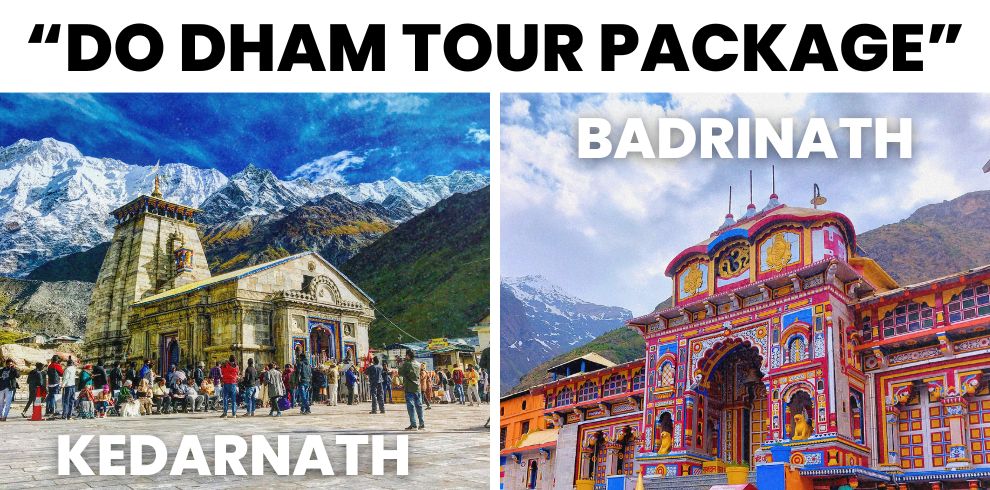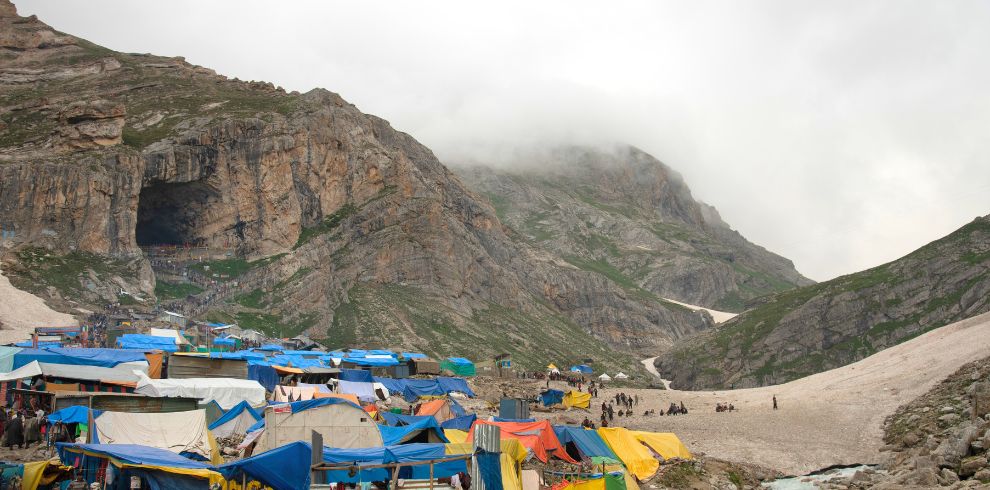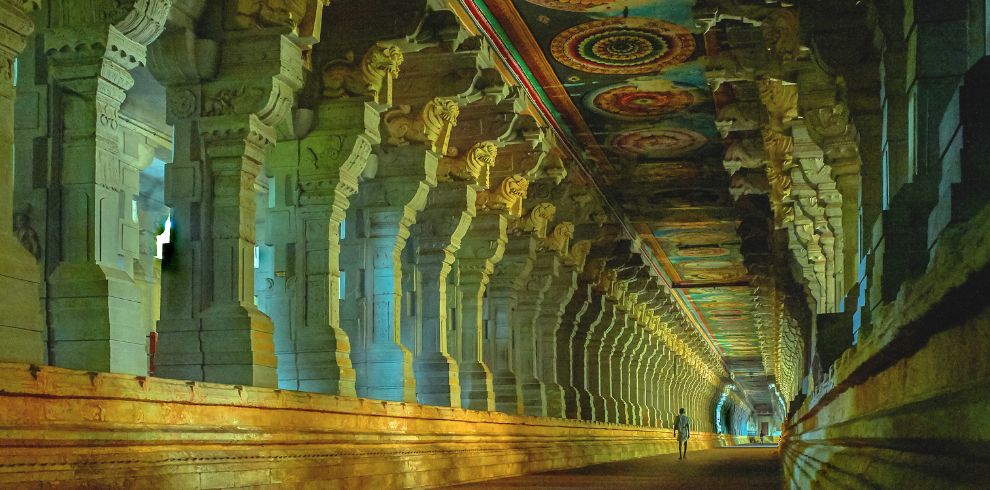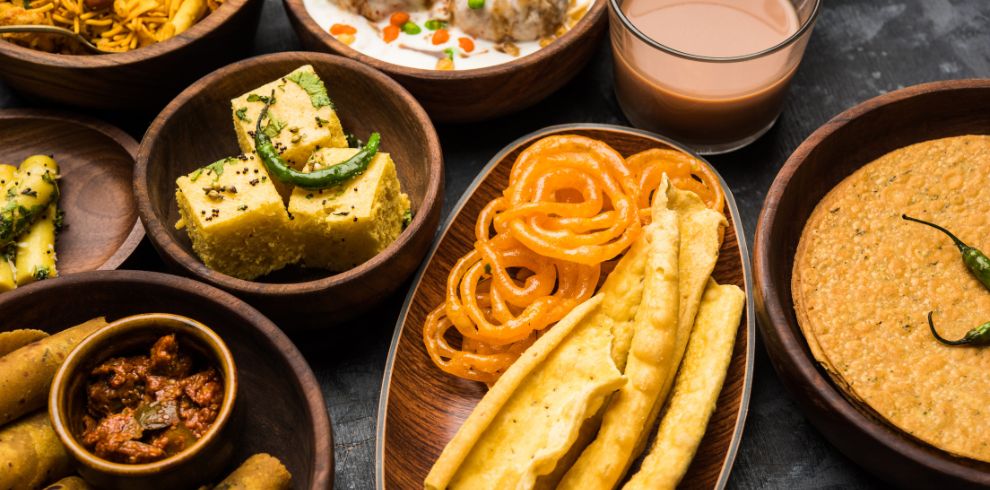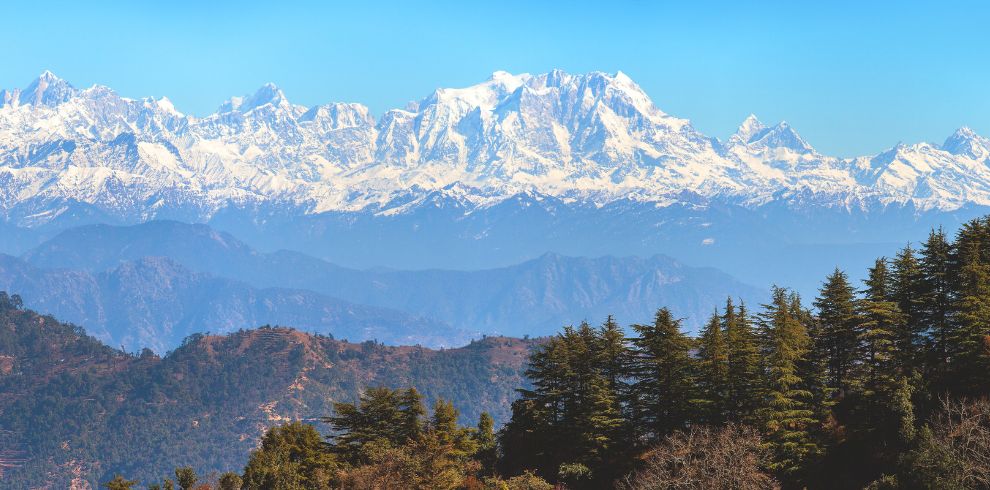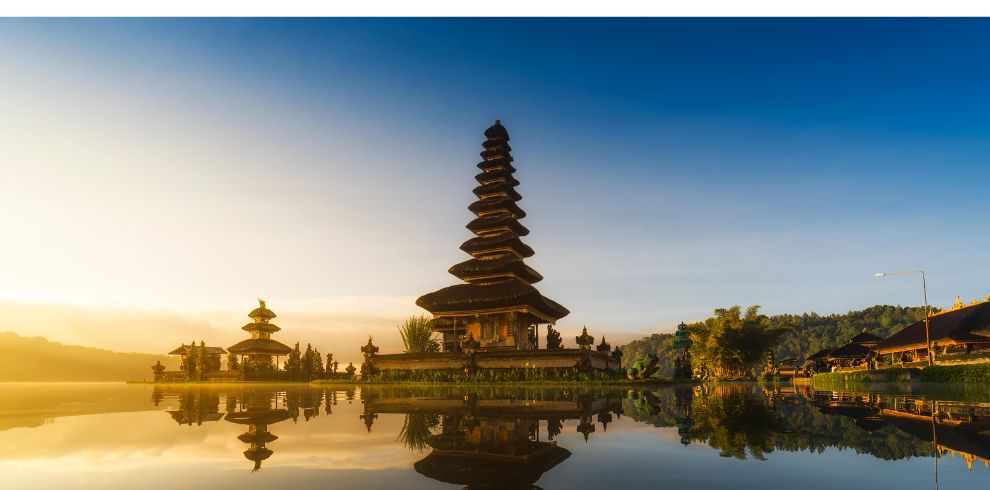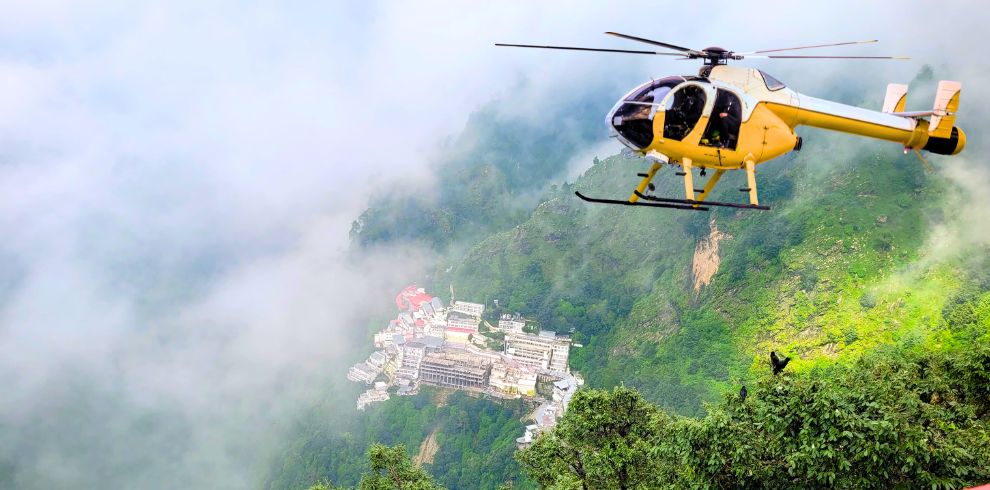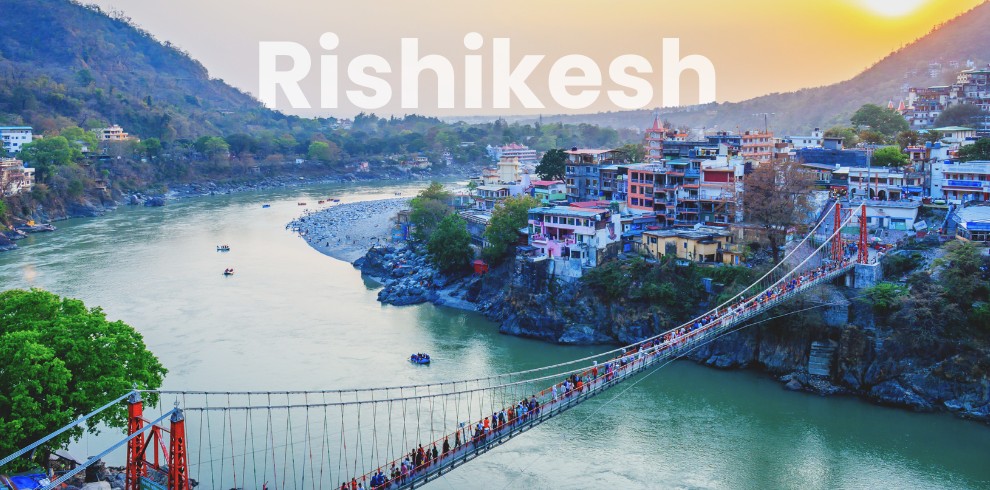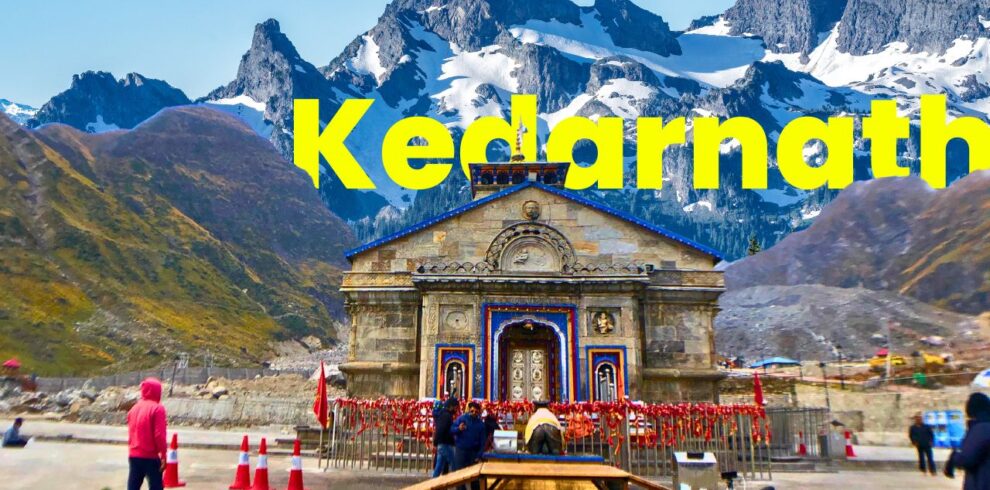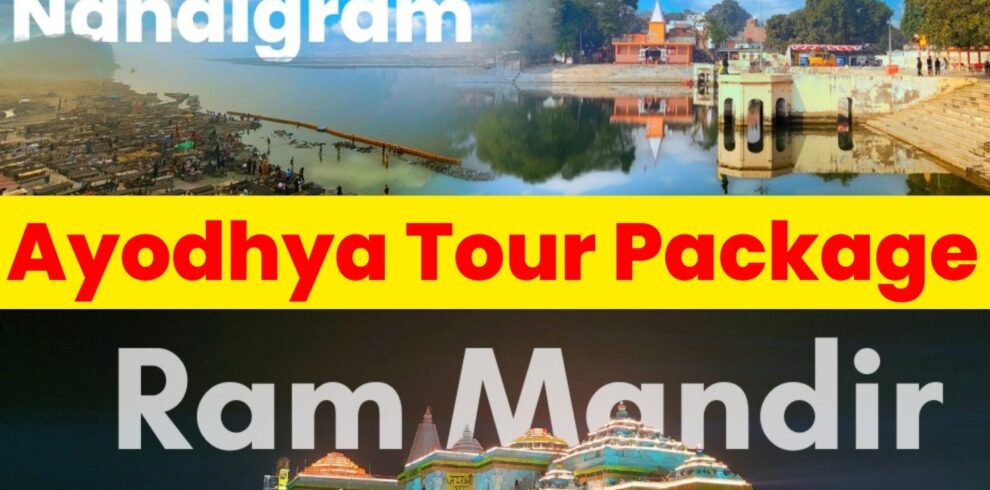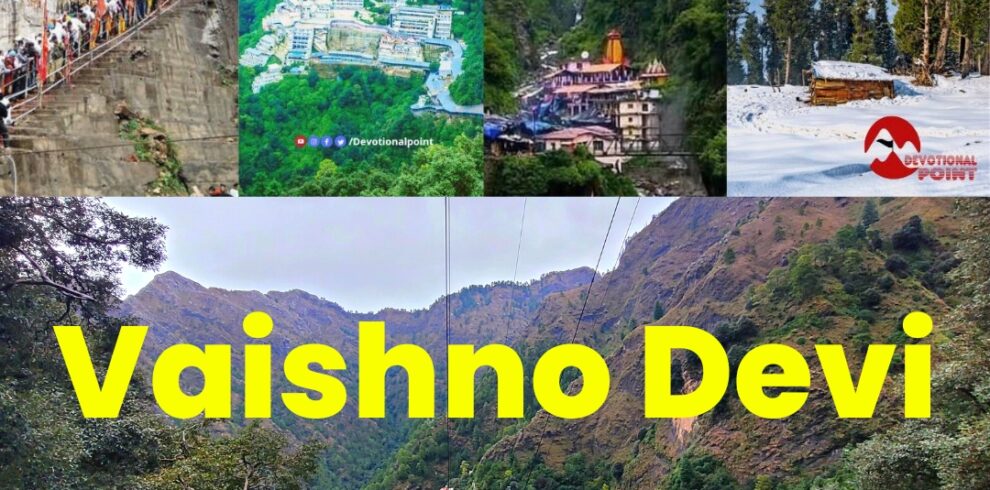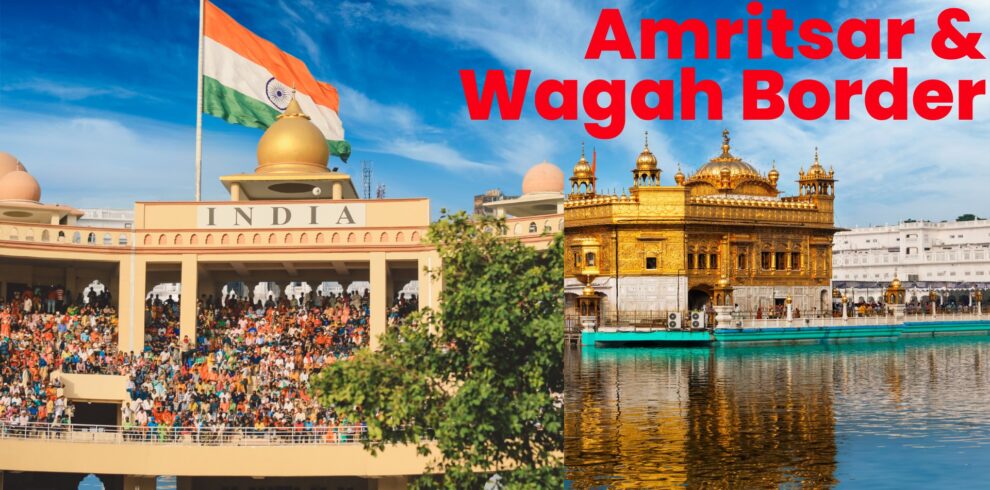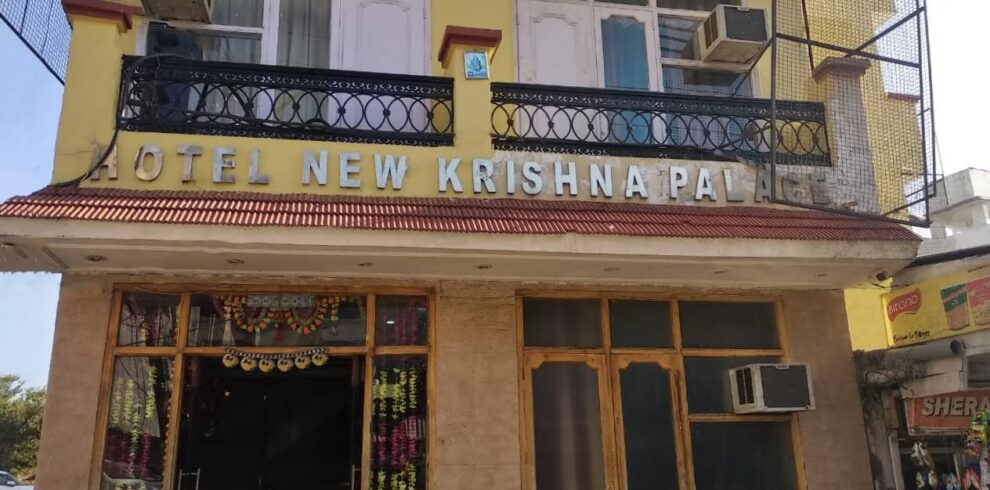Ultimate Guide to the 12 Jyotirlinga Tour Package: A Journey of Faith and Serenity
1. Somnath: The Revered First Jyotirlinga
Nestled along the western coast of Gujarat, in the quaint town of Prabhas Patan near Veraval, the Somnath Temple stands as a testament to faith, perseverance, and the eternal rhythm of destruction and rebirth. Revered as the first among the twelve Jyotirlingas, the Somnath Temple is not just a religious site; it is a symbol of Indian heritage and unbreakable devotion.
Historical Resilience and Spiritual Significance
The saga of Somnath is as old as time itself, tracing back to ancient texts, where it is enveloped in myth and legend. According to Hindu belief, the moon god, Soma, created this shrine to honor Lord Shiva, hence bestowing the name Somnath, which means ‘Lord of the Soma’. The temple has witnessed several cycles of destruction and reconstruction, each time rising from the ruins like a phoenix, which speaks volumes about the unwavering spirit of Indian civilization.
The temple’s architecture, reflecting Chalukya and Gujarati styles, showcases the artistic brilliance of its time. Despite being plundered and destroyed multiple times throughout history, the current structure stands tall, embodying the resilience and perseverance of the people who rebuilt it.
2. Mallikarjuna: The Sacred Mountain Shrine
Perched atop the serene Nallamala Hills in Srisailam, Andhra Pradesh, the Mallikarjuna Temple stands as a spiritual retreat, enveloped in verdant forests and ancient folklore. It is revered as one of the twelve Jyotirlingas of Lord Shiva and holds a place of immense spiritual significance in Hinduism. This sacred abode of Shiva, also known as Sri Bhramaramba Mallikarjuna Temple, is not only a center for divine worship but also a symbol of the eternal bond between Lord Shiva and his consort, Goddess Parvati.
Historical and Spiritual Richness
The history of Mallikarjuna Temple is steeped in mythological tales and religious traditions, dating back to centuries. The shrine is believed to have been visited by countless sages, saints, and divine incarnations, embedding it deeply in the spiritual heritage of India. According to legend, it is the very place where Lord Shiva and Goddess Parvati appeared as Mallikarjuna (Shiva) and Bhramaramba (Parvati) to bless their son, Lord Kartikeya.
This temple, showcasing exquisite architectural craftsmanship, reflects the Vijayanagara style, with intricate carvings and majestic pillars marking its grandeur. The sanctity and architectural beauty combine to make the temple a sanctuary of peace and spirituality.
3. Mahakaleshwar: The Timekeeper of the Universe
Situated in the historic city of Ujjain, Madhya Pradesh, the Mahakaleshwar Temple is a magnificent edifice of devotion and one of the revered twelve Jyotirlingas dedicated to Lord Shiva. It stands as a symbol of the dark boundlessness of time itself, embodying Shiva as Mahakal – the Lord of Time and Death, a manifestation that underscores life’s impermanence and the ultimate truth of the universe.
Historical Essence and Spiritual Significance
The Mahakaleshwar Temple is steeped in antiquity, tracing its origins back to ancient scriptures and texts. It is entrenched in a plethora of legends and historical narratives, suggesting its existence since time immemorial. The temple is not just an architectural marvel but also a cosmic hub that attracts devotees and spiritual seekers to experience the divine and timeless presence of Lord Shiva.
The spiritual aura of Mahakaleshwar is immense, encapsulating the essence of dharma, artha, kama, and moksha – the four goals of life according to Hindu philosophy. The Jyotirlinga enshrined in the temple is believed to be swayambhu, deriving currents of power from within itself, unlike other lingas that are ritually established and energized.
4. Omkareshwar: The Om Symbol Confluence
Nestled on the serene island of Mandhata, shaped like the sacred Hindu symbol Om, the Omkareshwar Temple is a revered sanctuary located in the picturesque state of Madhya Pradesh, India. This divine abode, one of the twelve Jyotirlingas dedicated to Lord Shiva, represents the essence of cosmic energy and spiritual tranquility. The temple, surrounded by the holy Narmada River, serves as a confluence of spirituality, natural beauty, and profound mythology.
Historical Resonance and Spiritual Ambience
The Omkareshwar Temple harbors rich historical and spiritual narratives that date back to ancient times, embedded in the lore and tradition of Hindu scriptures. According to legends, the island of Mandhata is where Lord Shiva manifested as the Omkareshwar Jyotirlinga, to vanquish the darkness of ignorance and guide his devotees towards the light of wisdom and enlightenment.
The spiritual significance of Omkareshwar is immense, drawing devotees to seek blessings and immerse in the divine vibration that permeates the air. It is believed that a pilgrimage to this sacred site washes away sins and leads one closer to moksha, the ultimate liberation from the cycle of life and death.
5. Kedarnath: Amidst the Snow-Capped Peaks
Perched at an altitude of 3,583 meters above sea level, amidst the majestic snow-clad Himalayas of Uttarakhand, India, the Kedarnath Temple is a revered sanctuary and one of the twelve Jyotirlingas dedicated to Lord Shiva. This ancient and magnificent temple is not only a pinnacle of spirituality but also a testament to the resilience of faith against the forces of nature.
Historical Significance and Spiritual Eminence
The Kedarnath Temple’s origins are steeped in mythology and revered scriptures, tracing back to the epic age of the Mahabharata. According to legend, the Pandavas sought the blessings of Lord Shiva here to absolve themselves of the sins committed during the great battle of Kurukshetra. Lord Shiva, disguised as a bull, dived into the ground, leaving behind different parts of his body, which are worshipped across five sacred sites, with Kedarnath being the hallowed spot where his hump surfaced.
The temple stands as a symbol of ultimate devotion, portraying Shiva in his aspect as the ‘Lord of Kedar Khand’, the protector, and nurturer of his devotees. Pilgrims from across the world embark on the arduous journey to this high-altitude shrine, braving harsh climates and rugged terrains, driven by sheer faith and spiritual yearning.
6. Bhimashankar: The Dense Forest Sanctuary
Cradled in the lush greenery of the Sahyadri hills in Maharashtra, the Bhimashankar Temple stands as a serene abode dedicated to Lord Shiva. It is revered as one of the twelve sacred Jyotirlingas scattered across India, embodying a rich tapestry of spiritual essence, mythological heritage, and natural splendor. The temple, enveloped in dense forests and misty clouds, provides not just a spiritual retreat but also a connection to the divine amidst nature’s tranquility.
Historical Reverence and Mythological Significance
The Bhimashankar Temple boasts a storied past, woven into the fabric of Hindu mythology and revered texts. According to legends, it was here that Lord Shiva vanquished the demon Bhima, son of Kumbhakarna, and upon the request of the gods and the sages, manifested himself as the Jyotirlinga. The narrative is not only a testament to the triumph of good over evil but also illustrates the temple’s divine origin and its sacred aura.
The architecture of the temple, predominantly in the Nagara style, showcases the artistic and cultural exuberance of the period in which it was constructed. Despite its ancient roots, the temple’s structure has withstood the ravages of time, preserving the spiritual and historical legacy for future generations.
7. Kashi Vishwanath: The Cosmic Pillar of Light
Located in the vibrant city of Varanasi, Uttar Pradesh, the Kashi Vishwanath Temple stands as a beacon of faith and spirituality on the western bank of the sacred Ganges. This temple is not just a structure of religious significance; it is the spiritual heart of Varanasi, one of the oldest living cities in the world. Revered as one of the twelve Jyotirlingas, the Kashi Vishwanath Temple is dedicated to Lord Shiva, encapsulating the essence of divine presence and eternal truth.
Historical Grandeur and Spiritual Essence
The history of Kashi Vishwanath Temple is as ancient as the legends that surround the city of Varanasi itself. The temple has been a central part of Indian spiritual history, mentioned in sacred texts and scriptures for thousands of years. Despite being subjected to numerous instances of demolition and reconstruction throughout its history, the temple stands resilient, symbolizing the indestructible nature of faith and the timeless heritage of Sanatan Dharma.
The temple is a living testament to the enduring belief in Lord Shiva, who is worshipped here as Vishwanath – the ruler of the universe. The spiritual atmosphere of the temple, combined with the rhythmic chants, the fragrance of incense, and the divine aura, provides a transcendental experience to the devotees.
8. Trimbakeshwar: The Origin of Godavari River
Nestled in the foothills of the Brahmagiri Mountains in the Nashik district of Maharashtra, Trimbakeshwar Temple stands as a sacred embodiment of divine serenity and spiritual power. It is revered as one of the twelve Jyotirlingas, each a symbolic manifestation of Lord Shiva. The temple is not just a significant pilgrimage site in Hinduism but also a marvel of ancient Indian architecture and spirituality, offering solace and enlightenment to countless devotees.
Historical Significance and Spiritual Essence
The rich history of Trimbakeshwar dates back centuries, entwined with legends and divine episodes from Hindu mythology. According to sacred texts, it is here that Lord Shiva resides as Trimbaka, signifying the three eyes, and offers salvation and happiness to the spiritual seekers. The place is also linked to the origin of the sacred Godavari River, further enhancing its sanctity and spiritual prominence.
The Trimbakeshwar Temple is not just a monument of religious significance; it encapsulates a profound spiritual ethos, providing a pathway to liberation and self-realization. Devotees flock to this holy site, seeking the blessings of Lord Shiva and the purification of their souls.
9. Vaidyanath: The Healer of Ailments
The Vaidyanath Temple, revered as one of the sacred twelve Jyotirlingas, is nestled in the quaint town of Deoghar, in the northeastern state of Jharkhand, India. Also known as Baba Baidyanath Dham, this temple stands as a beacon of healing and spirituality, drawing millions of devotees who seek the divine blessings of Lord Shiva, particularly for health and well-being.
Historical Sanctity and Spiritual Legacy
The lore of Vaidyanath is steeped in ancient Hindu scriptures, embodying tales of devotion, healing, and divine intervention. The temple’s significance is highlighted in various sacred texts, which narrate the story of Ravana, the demon king of Lanka, who worshipped Shiva at this very site to gain invincible powers. The term ‘Vaidyanath’ itself translates to ‘the Lord of Physicians’, signifying Lord Shiva’s role as the ultimate healer, providing both spiritual and physical relief to his devotees.
The history of the Vaidyanath Temple is marked by its timeless devotion and the enduring faith of its pilgrims. Despite the challenges of time and history, the temple has remained a pivotal center of spiritual life, embodying the eternal essence of Shiva.
10. Nageshwar: The Protector from All Poisons
Located near Dwarka in Gujarat, the Nageshwar Temple is one of the twelve sacred Jyotirlingas dedicated to Lord Shiva. Revered as the Nageshwar Jyotirlinga or Nagnath Temple, this divine shrine holds immense spiritual significance and is a beacon of eternal faith for devotees. The temple stands as a testament to the timeless reverence for Lord Shiva, offering solace and liberation to those who seek his divine presence.
Historical Significance and Spiritual Aura
Nageshwar Temple is steeped in ancient mythology and spiritual lore. It is believed to be the place where Lord Shiva appeared as a column of infinite light to vanquish the demon Daruka and protect his devout follower, Supriya. This act of divine intervention establishes the temple as a site of spiritual triumph and divine benevolence.
The sacred scriptures describe Nageshwar as the ‘Darukavana’, an ancient name hinting at the dense forest that once surrounded the temple. The Jyotirlinga enshrined here is revered for its power to protect devotees from all poisons and negative influences, a belief that attracts pilgrims from across the globe seeking divine protection and blessings.
11. Rameshwar: The Southernmost Pilgrimage
The Rameshwar Temple, more commonly known as Ramanathaswamy Temple, is a venerable beacon of spirituality located on the serene island of Rameswaram, off the southeastern coast of Tamil Nadu, India. This sacred shrine holds immense spiritual significance, being one of the twelve Jyotirlingas dedicated to Lord Shiva. The temple is not just a pivotal religious site but also a cornerstone in the heart of Hindu pilgrimages, particularly for those seeking salvation and purification.
Historical Sanctity and Mythological Eminence
The origins of Rameshwar Temple are deeply entrenched in Hindu mythology, particularly in the epic tale of the Ramayana. According to legend, it was here that Lord Rama, the seventh avatar of Vishnu, installed a Shivalingam and worshipped Lord Shiva to absolve the sins of killing Ravana, a Brahmin. This act of devotion by Lord Rama christened the place as Rameswaram and established the temple as a significant pilgrimage destination.
The temple’s history is a saga of devotion, showcasing centuries of cumulative faith and reverence. Over time, different dynasties have contributed to the temple’s construction and expansion, resulting in a magnificent architectural ensemble that captures the essence of Dravidian architecture.
12. Grishneshwar: The Abode of Compassion
Nestled in the quaint village of Verul, near the famous Ellora Caves in Maharashtra, India, the Grishneshwar Temple stands as a testament to devotion and architectural splendor. This revered site is celebrated as one of the twelve Jyotirlingas dedicated to Lord Shiva, making it a significant pilgrimage destination for Hindu devotees. Known for its spiritual ambiance and historical significance, Grishneshwar is a sanctuary of peace and divine energy, attracting pilgrims from all over the world to seek blessings and inner tranquility.
Historical Significance and Spiritual Heritage
The Grishneshwar Temple boasts a rich tapestry of history and mythology, deeply rooted in the cultural and religious traditions of India. According to lore, the temple was reestablished from the ruins by Ahilyabai Holkar, the revered queen of the Maratha ruled Malwa kingdom, in the 18th century. The temple’s existence, however, traces back to more ancient times, tied to various legends depicted in Hindu scriptures, which underscore its significance as a divine manifestation of Lord Shiva.
The legend associated with Grishneshwar speaks of unwavering devotion and the power of faith, as it tells the tale of a devout woman named Kusuma, who worshipped Shiva and brought her deceased son back to life with the Lord’s blessing. This miraculous event led to the resurgence of faith in the area, and the re-establishment of the temple as a pivotal center of Shiva worship.
12 Jyotirlingas: Embracing the Divine
Embarking on the 12 Jyotirlinga tour is not just about visiting temples; it’s a journey into the heart of spirituality and self-discovery. Each Jyotirlinga, or ‘pillar of light,’ represents a different manifestation of Lord Shiva and holds a unique story that resonates with the cosmic energy of the universe. The pilgrimage across India’s diverse landscapes, from snow-capped mountains to coastal shores, offers a profound insight into the spiritual tapestry that is woven into the fabric of this country.
FAQs
What is the best time to undertake the 12 Jyotirlinga tour?
The best time to undertake the 12 Jyotirlinga tour largely depends on the geographic locations of these temples and the climatic conditions prevalent in those regions. However, considering the diverse locations spread across India, here are some general guidelines:
1. Winter Season (October to March):
Winter is generally the most recommended time for the 12 Jyotirlinga tour, as the weather in most parts of India, especially in the northern, central, and western regions, is cooler and more pleasant. Temples like Kedarnath (closed during winter), Somnath, Mahakaleshwar, Omkareshwar, and Trimbakeshwar are more accessible and comfortable to visit during these months. Do note that Kedarnath, located in the Himalayan range, is only open from April/May (Akshaya Tritiya) to October/November (Kartik Purnima), so plan accordingly.
2. Early Summer (March to April):
This period is also favorable, especially for visiting the temples located in the northern and central parts of India, before the harsh summer heat sets in. For Kedarnath, early summer marks the beginning of the pilgrimage season.
3. Monsoon (July to September):
This season can be challenging for pilgrimages, especially for temples located in areas prone to heavy rainfall, such as Maharashtra and Gujarat, where Bhimashankar and Trimbakeshwar are located. However, the scenic beauty during the monsoon can be captivating. Travel during this time requires caution due to slippery roads and the potential for landslides, especially in the case of temples located in hilly areas.
4. Post-Monsoon (September to November):
The period just after the monsoon is another excellent time for the Jyotirlinga tour as the weather is pleasant, and the natural surroundings are lush and vibrant. This time is also suitable for visiting South Indian temples like Rameshwar.
General Tips:
- Festivals: Plan your visit around major Hindu festivals like Maha Shivratri, Shravan Maas, or Navratri if you wish to experience the temples in their full ceremonial grandeur. However, expect larger crowds during these times.
- Regional Climates: Consider the specific climate and weather conditions of each temple’s location. For instance, temples in the south like Rameshwar might be more comfortable to visit in the cooler months, while those in the north like Kedarnath are inaccessible in winter due to snow.
- Health and Fitness: Some Jyotirlingas, like Kedarnath, require a significant amount of trekking. Ensure you are in good health and prepare accordingly.
- Advance Planning: Accommodations near these temples can get booked up quickly, especially during peak pilgrimage seasons and festivals, so plan and book your stays well in advance.
Ultimately, the “best” time can vary based on individual preferences, health considerations, and spiritual goals. Therefore, consider these factors along with the seasonal climates when planning your 12 Jyotirlinga tour.
How should I prepare for the pilgrimage?
Preparing for a pilgrimage, especially one as significant as visiting the 12 Jyotirlingas, requires thoughtful planning and consideration. Here’s a comprehensive guide to help you prepare effectively:
1. Research and Planning:
- Destinations: Familiarize yourself with the locations of the 12 Jyotirlingas, their historical and spiritual significance, and the best time to visit each.
- Route: Plan your travel route efficiently. Consider starting from the Jyotirlinga located nearest to you and then moving on to the others. Look into various travel options like trains, buses, and flights.
- Accommodations: Book your accommodations well in advance, especially if you plan to visit during peak pilgrimage seasons or festivals.
- Local Customs and Traditions: Research the customs, rituals, and dress codes specific to each temple to ensure respect and adherence to local traditions.
2. Health and Fitness:
- Medical Check-up: Consult with a healthcare professional, especially if you have existing medical conditions or are embarking on more physically demanding journeys like Kedarnath.
- Fitness: Start a routine of physical activity well before your trip, particularly if your pilgrimage includes long walks or treks.
- Medications: Carry a supply of your regular medications plus general medicines for headaches, fever, stomach upsets, and other common ailments.
3. Packing Essentials:
- Clothing: Pack light, comfortable clothing suitable for varied weather conditions, considering the specific climates of the regions you’ll be visiting. Carry appropriate attire for temple visits.
- Footwear: Comfortable walking shoes or sandals are crucial, as you’ll likely be on your feet for extended periods.
- Travel Essentials: Include sun protection, a reusable water bottle, snacks, a first-aid kit, hand sanitizer, toiletries, and any regular medications.
- Spiritual Items: If you wish, carry items for worship like flowers, offerings, or special attire.
4. Financial Preparation:
- Budget: Create a budget considering travel costs, accommodations, food, offerings, and emergencies.
- Cash and Cards: Carry some cash in local currency, as smaller towns or temple areas may not accept cards or have ATMs. Also, keep digital payment options ready.
5. Documentation:
- Identification: Carry government-issued ID proof, especially if you’re booking hotels or entering certain temple areas.
- Travel Documents: If traveling across states, keep your travel tickets, booking confirmations, and any required travel permits handy.
- Emergency Contacts: Keep a list of emergency contacts, including local authorities and consulates if traveling from abroad.
6. Spiritual and Mental Preparation:
- Understanding and Intent: Reflect on the purpose of your pilgrimage. Familiarize yourself with the stories and significance of the Jyotirlingas to enhance your spiritual experience.
- Mental Preparedness: Prepare yourself for large crowds, long waits, and potential inconveniences. Maintain patience and respect towards other pilgrims.
7. Communication:
- Local Connectivity: Ensure you have a working mobile phone with an active local SIM card for communication and navigation.
- Inform Someone: Let family or friends know of your itinerary and regularly check in with them.
8. Safety and Security:
- Travel Insurance: Consider purchasing travel insurance that covers health issues, accidents, and theft.
- Valuables: Carry valuables in a secure, concealed pouch. Avoid displaying expensive items conspicuously.
9. Local Etiquette and Regulations:
- Temple Etiquette: Understand and respect the local temple customs and practices. Follow dress codes and photography rules.
- Environmental Respect: Maintain cleanliness and environmental decorum, especially in sacred and natural spaces.
By thoroughly preparing, you can ensure that your pilgrimage to the 12 Jyotirlingas is not only a journey of spiritual significance but also a journey of personal growth and enlightenment.
Can I complete the 12 Jyotirlinga tour in parts?
Yes, you can certainly complete the 12 Jyotirlinga tour in parts, and many pilgrims choose this approach due to the vast geographical spread of the temples across India, time constraints, and varying climatic conditions. Here’s how you can plan your pilgrimage in segments:
1. Regional Segmentation:
Divide the 12 Jyotirlingas based on their geographical locations into zones – North, South, East, and West. This way, you can focus on one area at a time, which makes the journey more manageable and less taxing. For example:
- North: Kedarnath, Kashi Vishwanath
- South: Rameshwar, Mallikarjuna
- East: Baidyanath
- West: Nageshwar, Somnath, Trimbakeshwar, Grishneshwar, Bhimashankar, Mahakaleshwar, Omkareshwar
2. Seasonal Planning:
Plan your visits based on the best time to travel to each region, as discussed previously. For example, visit the northern temples during the summer months and the southern ones during winter to avoid extreme weather conditions.
3. Physical and Mental Preparation:
Some Jyotirlingas, like Kedarnath, require a good level of physical fitness due to the trek involved. Prepare for each part of your tour by considering the physical demands and ensuring you are mentally and physically ready.
4. Financial and Logistical Planning:
Organize your journey well in advance, including travel bookings, accommodations, and local transport. Consider the costs involved for each leg of the pilgrimage and plan accordingly to manage your budget effectively.
5. Spiritual Readiness:
Each Jyotirlinga has its unique lore and significance. Before visiting, read about the mythology, rituals, and cultural significance of each temple. This preparation can enhance your spiritual experience and connection during the pilgrimage.
6. Health and Safety:
Ensure you are in good health before embarking on each part of your journey. Carry necessary medicines, first aid, and be aware of your dietary needs. Stay hydrated and dressed appropriately for the weather conditions of each location.
7. Documentation and Communication:
Carry all necessary documents, including ID proofs, temple-specific passes (if required), and emergency contact information. Inform your family or friends about your travel itinerary and stay connected as much as possible.
8. Cultural Sensitivity and Respect:
Each temple may have different customs and dress codes. Be respectful of local traditions, dress modestly, and follow the rules and guidelines set by temple authorities.
9. Environmental Considerations:
Respect the natural surroundings of each pilgrimage site. Avoid littering, and be mindful of your ecological footprint, especially in environmentally sensitive areas like Kedarnath.
By dividing the 12 Jyotirlinga tour into manageable parts, not only can you ensure a more in-depth spiritual experience at each site, but you can also plan each segment according to your convenience, ensuring a fulfilling and serene pilgrimage journey.
Are there any specific rituals I should perform at each Jyotirlinga?
When visiting the 12 Jyotirlingas, specific rituals can vary slightly from temple to temple due to regional traditions and temple-specific customs. However, there are common rituals and offerings that are generally performed at each Jyotirlinga to honor Lord Shiva. Here are some of the rituals you might consider performing during your pilgrimage:
1. Abhishekam:
This is the ritual of bathing the Jyotirlinga with sacred substances like milk, honey, ghee (clarified butter), yogurt, and holy water. This act is a form of purification and worship, intended to please Lord Shiva. You can participate in the Abhishekam ceremony by providing the materials or by joining in the chants and prayers during the ritual.
2. Rudrabhishekam:
A more elaborate form of Abhishekam, Rudrabhishekam involves reciting the Sri Rudram (a Vedic hymn) while offering the sacred bath to the Jyotirlinga. This powerful ritual is believed to purify the soul, fulfill wishes, and invoke Lord Shiva’s blessings for health, wealth, and spiritual growth.
3. Panchamrit Puja:
This ritual involves offering the Jyotirlinga a mixture of five sacred “nectars”: milk, curd, ghee, honey, and sugar. It symbolizes the human body’s five elements and is a common ritual in Shiva temples.
4. Offering of Bilva Leaves:
Bilva leaves (Bael leaves) are very dear to Lord Shiva. Offering these leaves to the Jyotirlinga is considered highly auspicious and is a simple yet profound way to pay respect to Shiva. The trifoliate shape of the Bilva leaf is symbolic of the trinity and Shiva’s three eyes.
5. Pradakshina:
This is the act of circumambulating (walking around) the Jyotirlinga. It is a gesture of respect and homage to the divine energy residing in the linga. Typically, believers perform pradakshina three times, keeping the deity to their right.
6. Aarti and Bhajans:
Participating in the Aarti (a devotional song sung in praise of the deity, accompanied by the waving of lamps) and singing or listening to bhajans (devotional songs) are common practices. These are performed to express devotion and connect with the divine energy of Lord Shiva.
7. Offering Prasad:
Prasad (a sacred offering of food) is made to the Jyotirlinga and then distributed among the devotees. Common offerings include fruits, sweets, and other vegetarian items. Offering Prasad symbolizes the sharing of God’s grace.
8. Seeking Blessings and Making Wishes:
Devotees often visit Jyotirlingas to seek blessings for themselves and their loved ones, as well as to make wishes. It is customary to pray silently or whisper your wishes to the deity after making offerings.
9. Meditation and Chanting:
Spending time in meditation near the Jyotirlinga or engaging in the chanting of mantras like the Maha Mrityunjaya Mantra or Om Namah Shivaya can enhance the spiritual experience and provide peace of mind.
10. Observing Fast:
Many devotees observe a fast when visiting Jyotirlingas, especially on significant days like Mondays, Maha Shivratri, or during the month of Shravan, as a mark of devotion and self-purification.
It’s important to note that while these rituals are commonly performed, it’s always best to observe local customs and follow the specific guidelines provided by each temple. Additionally, respect the local traditions and the sanctity of the holy sites during your visit.
What are the accommodation options during the tour?
Accommodation options during the 12 Jyotirlinga tour can vary widely depending on the location and your personal preferences. Here’s a general overview of the types of accommodations you might find during your pilgrimage:
1. Temple Accommodations:
Many Jyotirlinga temples provide accommodation facilities, known as Dharamshalas, Ashrams, or Bhakt Niwas. These are usually affordable and located near the temple premises. They offer basic amenities suitable for pilgrims. Rooms can range from dormitory-style to private rooms, though they may be simple and with minimal facilities.
2. Guest Houses:
Local guest houses are common near pilgrimage sites. They provide a comfortable stay at reasonable prices. Guest houses might offer more privacy and comfort compared to temple accommodations but are still budget-friendly.
3. Hotels:
You can find hotels ranging from budget to luxury near most Jyotirlinga temples, especially in towns and cities that are well-connected by transport networks. These hotels offer a range of amenities and can cater to different budgets and preferences.
4. Homestays:
In some areas, local families offer rooms in their homes to tourists. Homestays can provide a more personal and intimate experience, allowing you to immerse yourself in local culture and cuisine. They can be a good option if you’re looking for a homely atmosphere.
5. Lodges:
Lodges are a common sight in pilgrimage areas and offer basic accommodation at low prices. While amenities might be limited, they provide a viable option for those on a tight budget.
6. Resorts and Heritage Properties:
In some locations, especially those that are also tourist destinations (like Rameswaram or Somnath), you may find higher-end resorts and heritage properties. These can offer a luxurious stay with extensive facilities, ideal for those wishing to combine pilgrimage with relaxation.
Tips for Choosing Accommodations:
- Book in Advance: Pilgrimage sites can get crowded, especially during religious festivals or holiday seasons. It’s advisable to book your accommodation well in advance.
- Check Reviews: Before booking, check online reviews and ratings of the accommodations to ensure they meet your standards and expectations.
- Location: Choose accommodations close to the temple to reduce travel time and costs, especially if you intend to participate in early morning or late evening rituals.
- Verify Facilities: Confirm the availability of essential facilities such as clean water, hot water, electricity, and food services, especially if you are traveling with elders or children.
- Travel Agency Packages: Some travel agencies offer pilgrimage packages that include accommodation, meals, and transport. These can be convenient but compare prices and check reviews to ensure they’re right for you.
- Local Advice: Speak to locals or other travelers for recommendations and insights on the best places to stay.
Remember, accommodation options may vary greatly from one Jyotirlinga location to another due to factors like geographic location, local infrastructure, and cultural differences. It’s always a good idea to research and plan according to the specific needs of your pilgrimage journey.
Conclusion
The 12 Jyotirlinga tour package is not just a travel itinerary; it’s a path to enlightenment, offering a glimpse into the heart of India’s spiritual heritage. As you traverse this sacred land, you are bound to experience a transformation that goes beyond the physical realm, touching the soul in profound ways. Whether you are a devout pilgrim or a curious traveler, the journey across the 12 Jyotirlingas promises a blend of adventure, peace, and spiritual awakening.
Embarking on a journey through the 12 Jyotirlingas is more than just a pilgrimage; it is a voyage into the depths of one’s own soul, a quest for inner peace amidst the sanctity of these holy sites. Each Jyotirlinga, with its unique history and divine presence, offers a different shade of spiritual experience, enriching the pilgrim’s journey with every step. In this extensive guide, we will traverse the spiritual landscapes of these sacred sites, delving into their legends, understanding their significance, and preparing ourselves for a pilgrimage that promises to be as enlightening as it is exhilarating.
BOOK YOUR TOUR NOW
Cheapest 12 Jyotirlinga Tour Package


